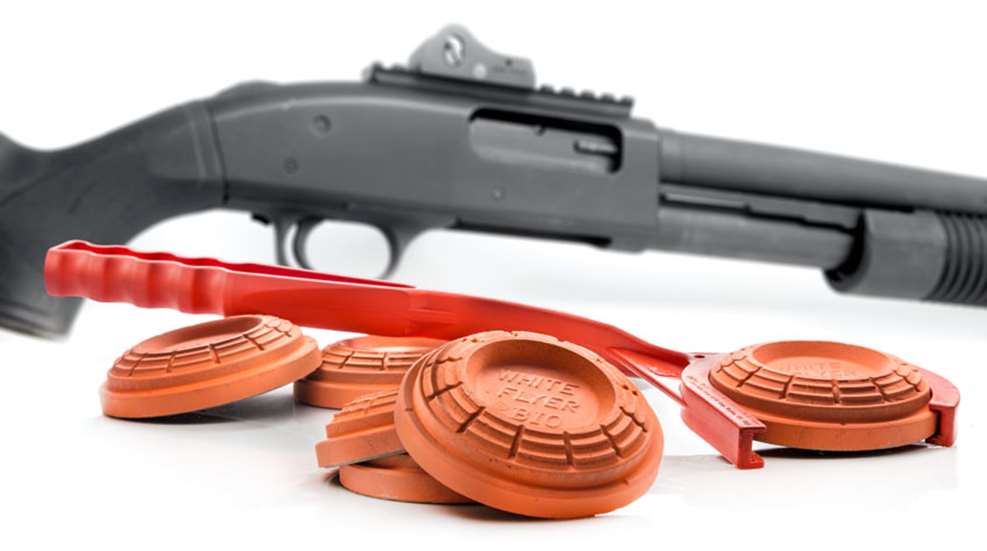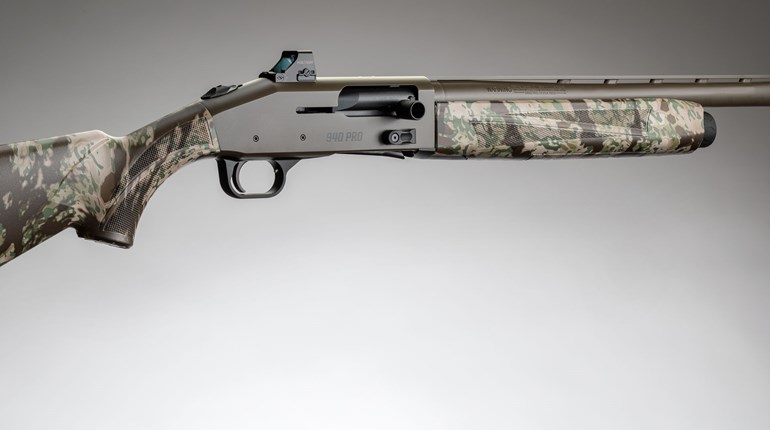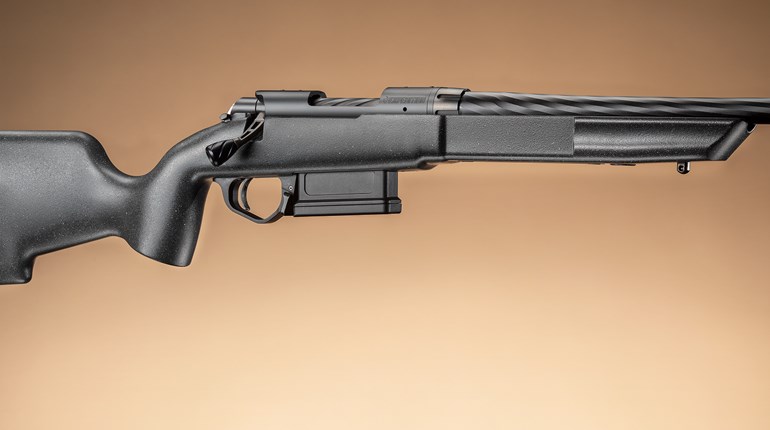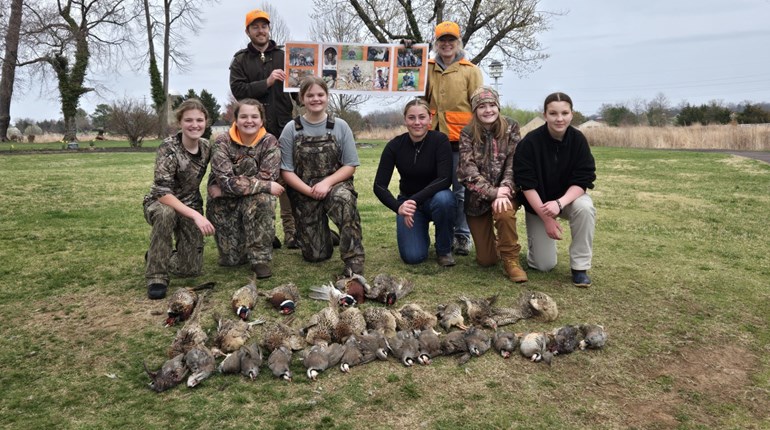
There aren’t a lot of tactical guys I’ve seen who can run a shotgun as it is intended. That’s largely because AR-15 shooters often transfer their carbine skills—often even its sights and stocks—to the shotgun, rather than developing an instinctive feel for this unique weapon. When fired like a rifle, the shotgun becomes a short-range rifle that’s dreadful to reload and hellish on recoil.
As badass as you might be against stationary targets, if you struggle with fast-moving targets you are no master of the shotgun. Through experience, good wingshooters have a feel for how big their pattern will be at various distances. The gun, it seems, becomes an extension of their body—printing its pattern where the shooter looks without consciously aiming or even thinking.
But what does any game have to do with defense? It makes hitting targets much easier. “Guys who come into tactical-shotgun shooting with a lifetime of wingshooting experience are much faster than those who only have had tactical experience. It’s a huge advantage,” said Bryce Towsley, a tactical shotgunner, 3-gun competitor and lifelong wingshooter.
This isn’t to say you must win a trap tournament to be qualified for home defense with a shotgun. I’m simply advocating that clay games are a great way to better familiarize yourself with your shotgun if you haven’t mastered it already.
To the Clays Range
While a clay thrower set up in a field will do wonders for your overall shotgunning skills, the eyes of strangers on a formal clay range will add an element of pressure to your practice, thereby making you that much better. So go buy a few rounds of wobble trap. It’s a game that throws clay pigeons outward from an unpredictable arch from under your feet. Use your tactical shotgun and load from your sidesaddle or shell loops rather than a gentlemanly shooting vest. Keep your gear as close to what you use for home defense as possible, excluding shells—most ranges forbid any shot bigger than No. 6.
Start with the gun from your preferred ready position, call for the bird, then try to mount, point and fire in one motion. Your goal should not be busting the bird every time, but rather getting into a balanced stance with a perfect gun mount so recoil is mitigated as you shoot swiftly. Ask the operator (and tip him later) to throw you delayed pairs. Load one shell in the chamber to shoot the first bird, then conduct a speed reload to shoot the next bird moments later. With repetition, you’ll be able to hit the bird in a fraction of a second, thereby gaining huge confidence with your shotgun in the process. As an added benefit, its controls will also become second nature.
To Aim or Not?
One big difference between tactical shotgunning and wingshooting is the point of focus. Most tactical instructors teach front-sight focus. But wingshooters (and most 3-gun competitors) focus on the target with both eyes open to give the brain the maximum amount of data so it can predict where the target will be. It’s much faster—and the only way to consistently hit flying birds—but also more risky during tactical scenarios for all but master shotgunners.
Try focusing on the target while you shoot the clays games. Keep both eyes open while focusing on the target, all the while mounting the gun, sliding the safety and pulling the trigger a fraction of a second after the barrels are aligned and the buttpad contacts the shoulder. It’s a good way to take your shotgun skills to a higher level. If you can shoot small objects out of the air, stationary ones are cake.
Stance/Recoil Mitigation
Wingshooters traditionally use a very staggered, feet-close-together stance that puts roughly 80 percent of their weight over their front foot and allows them to pivot on it. While great for swinging with birds, this stance is out for defensive-shotgun use because it’s a difficult one from which to move.
Currently, some military and law enforcement gurus teach shotgun students to square up to the target and place the buttstock on the pectoral muscle, closer to the sternum. Practitioners say this technique allows the body to soak up recoil. It certainly facilitates moving and reloading from the workspace position. If it works for you, great, but it tends to be more conducive to larger-frame shooters.
Professional-action-shooters/3-gunners such as Jerry Miculek and most others use something in the middle; a stance from which they can move, shoot and reload quickly yet gain great recoil mitigation. Their stance is more staggered than the tactical guys’, but the feet are spread farther apart with more bend at the knees than traditionalists. Perhaps 65 percent of the weight is on the front foot with the body leaning aggressively forward. The buttstock fits in the pocket, and the shoulder functions ever so slightly like a shock absorber to lengthen the recoil impulse and keep the head still.
Stock Size?
Whatever stance/buttpad position you adopt, it should influence the length of the buttstock. For an average-size man shooting from an action-shooting stance, a 12-inch stock can easily cause the thumb of the trigger hand to strike the nose during recoil. Conversely, a 14.25-inch stock is too long if your stance is square. And an AR-15-style collapsible stock will beat you up due to a lack of a cheekpiece. You’ll find this all out for yourself while shooting clays.
The Mount
Another difference between master shotgunners and rifleman is the mount. Where the rifleman pulls the gun up to his shoulder so that the eye aligns perfectly with the sights and target, the shotgunner simply throws the gun up so that the stock’s comb hits the cheek while bringing the barrel in line with the shooter’s vision that is already focused on the target. This should be a central piece of your focus during clay-game training.
After a dozen rounds of clays games, you’ll be much faster in shooting and more fluent with your weapon. While it’s no substitute for tactical training, it can go a long way toward mastering the shotgun so it becomes so automatic you don’t have to think about it. In a gunfight, that’s key.





































